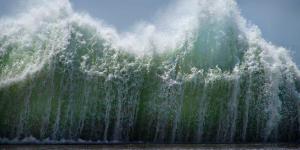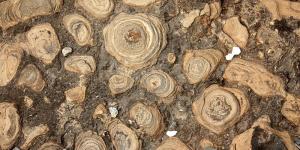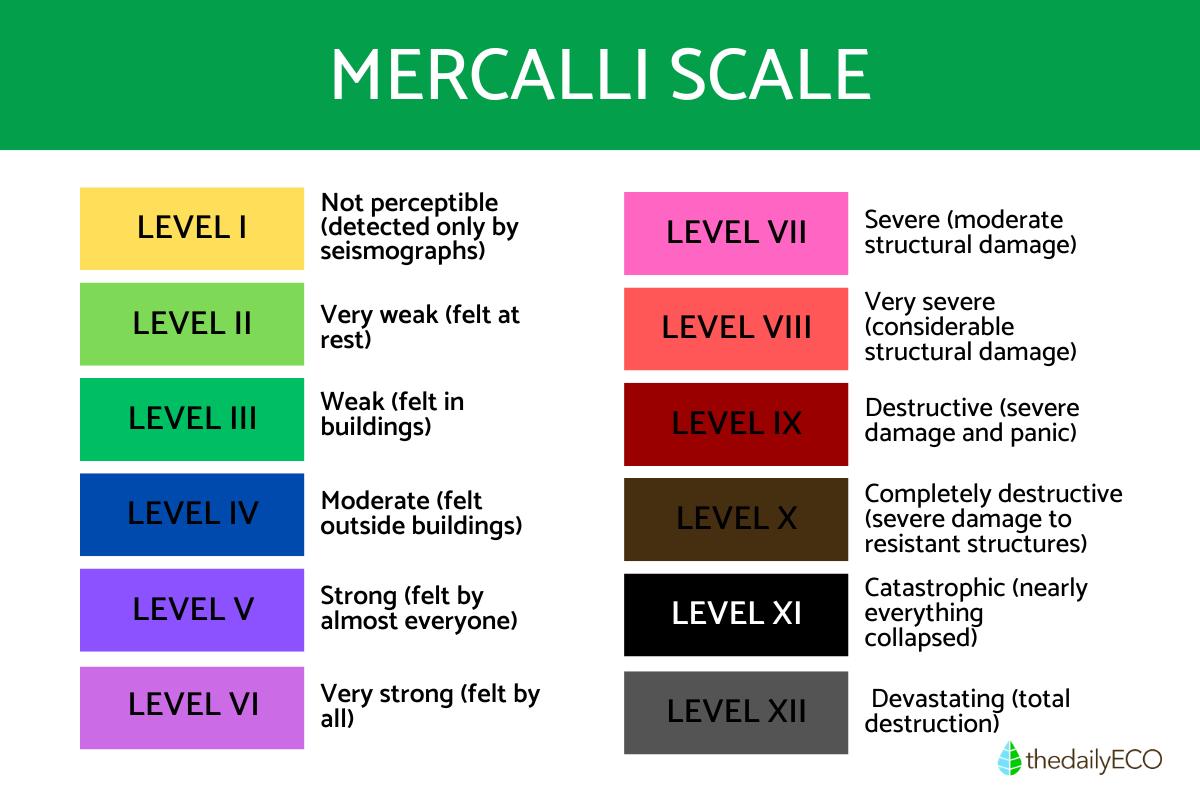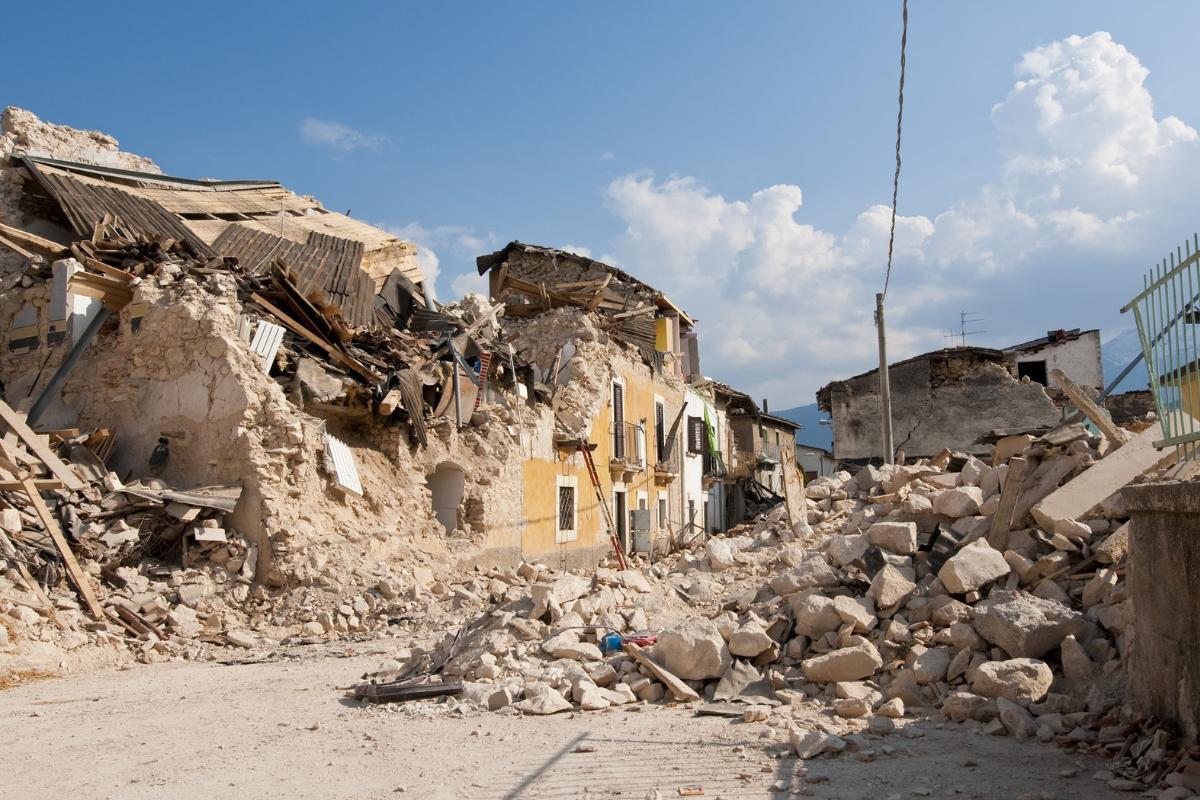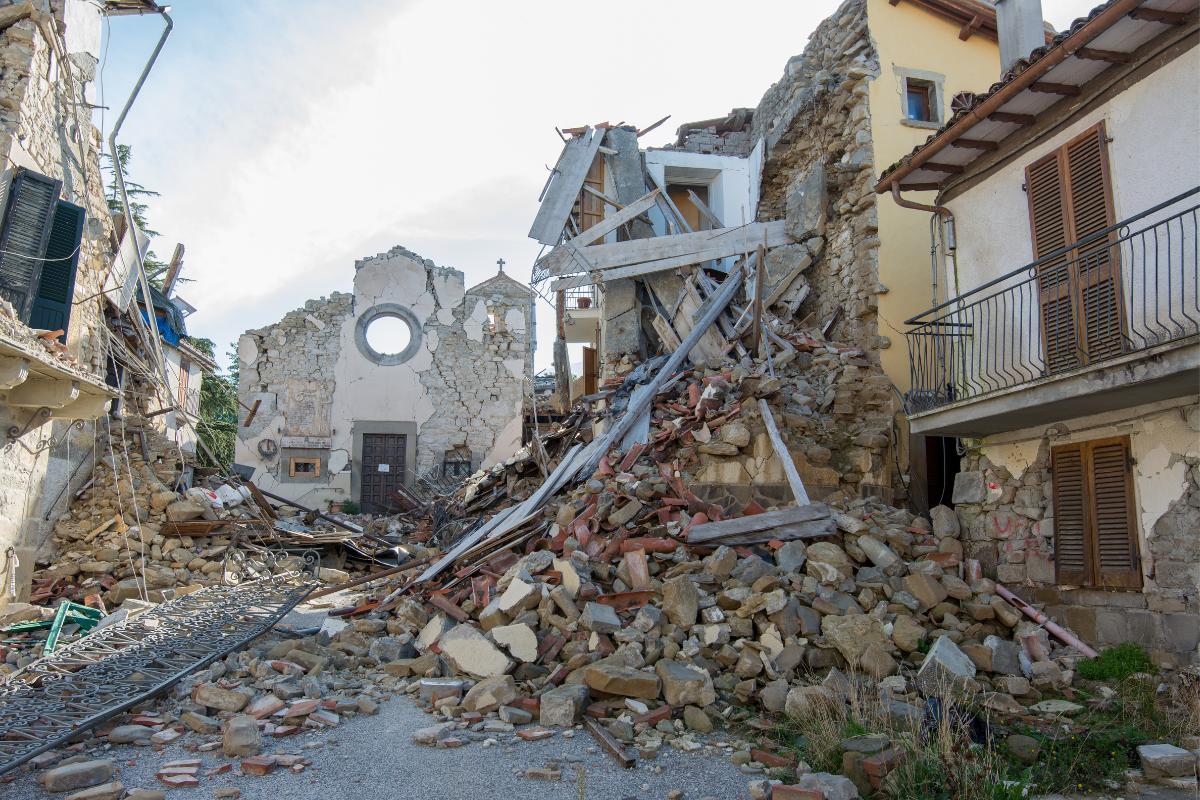What Is the Mercalli Scale?


The Mercalli Intensity Scale measures earthquake effects through observable damage and human experience, using 12 levels from barely noticeable tremors to total destruction. Created in 1902 and modified in 1931, this scale helps emergency responders assess damage patterns and engineers design seismic-resistant structures. Unlike the Richter scale's single magnitude measurement, Mercalli intensities vary by location, providing crucial data about an earthquake's real-world impact on communities and infrastructure.
In the following article by thedailyECO, we explore what the Mercalli scale is, its different levels, and how it differs from the Richter scale.
What is the Mercalli scale?
When an earthquake strikes, scientists need reliable ways to measure its effects. The Mercalli scale, developed by Italian geologist Giuseppe Mercalli in 1902, offers a practical approach by focusing on what people actually experience during a quake.
The Mercalli scale looks at things like whether pictures fall off walls, buildings crack, or if people can even stand up during the shaking. Wood and Neumann refined this system in 1931, creating what we now call the Modified Mercalli Intensity (MMI) scale.
What makes this scale particularly useful is how it connects to real-world experiences. While seismologists use tools like the Richter scale to measure energy release at the source, the Mercalli scale tells us what that means for communities. A level III might mean you feel vibrations like a truck passing by, while a level VIII could involve partial building collapse.
The scale has proven to be useful for comparing historical earthquakes from before modern measuring equipment existed. By looking at written accounts of damage and effects, scientists can estimate earthquake intensities from hundreds of years ago. This helps us understand earthquake patterns and risk over long periods.
Interestingly, the same earthquake can have different Mercalli intensities in different locations. A quake might register as level VII close to its epicenter but only level III several miles away. This information helps engineers design buildings and infrastructure that can better withstand local earthquake risks.
Earthquake insurance policies often reference specific Mercalli grades when determining coverage. Not only that, but emergency teams use these grades to quickly understand what they're dealing with before they reach affected areas.
The scale's genius lies in its simplicity, because you don't need special equipment to use it, just observation.
For a deeper understanding of seismic events, read our guide on plate tectonics and how earthquakes originate.

Degrees of the Mercalli scale
The Mercalli intensity scale measures earthquake effects from barely noticeable to catastrophic:
- I: detected only by seismographs, unnoticed by people.
- II: felt by people resting on upper floors, subtle swaying.
- III: light indoor vibrations, similar to a passing truck.
- IV: most people indoors notice it, dishes rattle, cars may rock.
- V: everyone feels it, sleepers wake up, objects fall, trees visibly shake.
- VI: people run outside, furniture moves, weak plaster cracks.
- VII: standing becomes difficult, moderate building damage, small landslides.
- VIII: driving difficult, chimneys collapse, buildings shift off foundations.
- IX: major structural damage, buried pipes break, ground cracks appear.
- X: most buildings destroyed including foundations, railway tracks bend.
- XI: nearly all structures collapse, large ground fissures, widespread destruction.
- XII: total devastation, landscape changes, objects thrown into air.
Each level builds on the previous one, with effects becoming progressively more severe. The scale helps emergency teams assess damage and architects design appropriate structures for earthquake-prone regions.
Did you know the most powerful recorded earthquake released energy equivalent to 23,000 atomic bombs? Discover more historic seismic events in our other article.
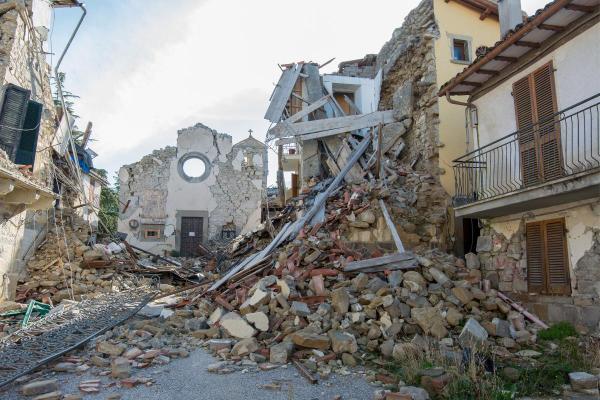
Key differences between the Mercalli and Richter scales
The Richter and Mercalli scales serve distinct but complementary roles in measuring earthquakes. While the Richter scale provides a single numerical value representing the total energy released, the Mercalli scale maps out how that energy affects different locations.
The Richter scale uses seismograph readings to calculate magnitude on a logarithmic, open-ended scale. Each whole number increase represents a 10-fold jump in ground motion and about 31.6 times more energy release. For instance, a magnitude 7.0 earthquake releases 31.6 times more energy than a 6.0.
The Mercalli scale, as mentioned earlier, measures observable effects. A single earthquake produces different Mercalli intensities depending on factors like distance from the epicenter, local geology, and building construction. For example, a magnitude 7.0 earthquake might cause:
- Mercalli IX near the epicenter (severe structural damage)
- Mercalli VI several miles away (objects falling, minor damage)
- Mercalli III in distant areas (slight vibrations)
This dual measurement system serves crucial practical purposes. Seismologists use Richter measurements to study earthquake mechanisms, while emergency responders and urban planners rely on Mercalli intensities to assess local impacts and prepare communities. Together, these scales help us understand both the power of seismic events and their real-world consequences.
Explore how scientists calculate earthquake energy in our article about the Richter scale.
If you want to read similar articles to What Is the Mercalli Scale?, we recommend you visit our Facts about nature category.
- National Institute for Seismic Prevention (INPRES). Earthquake measurement. Available at: http://contenidos.inpres.gob.ar/docs/Intensidad%20y%20Magnitud.pdf
- Mexican Geological Survey. Earthquake scale. Available at: https://www.sgm.gob.mx/Web/MuseoVirtual/Informacion_complementaria/Escalas-sismos.html


